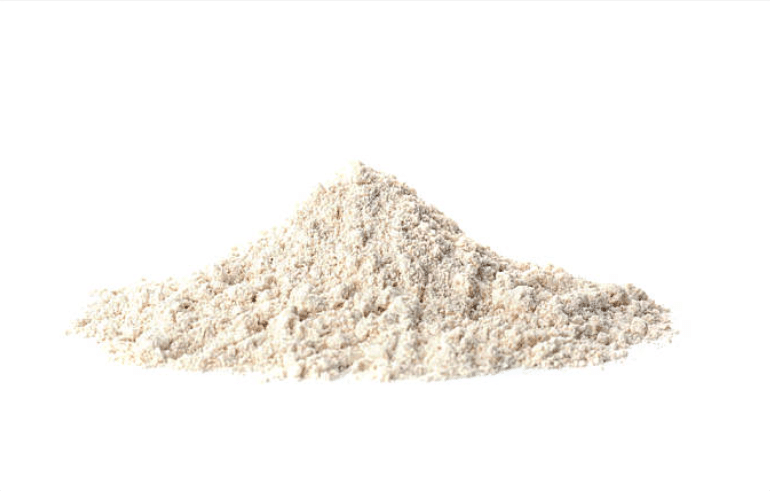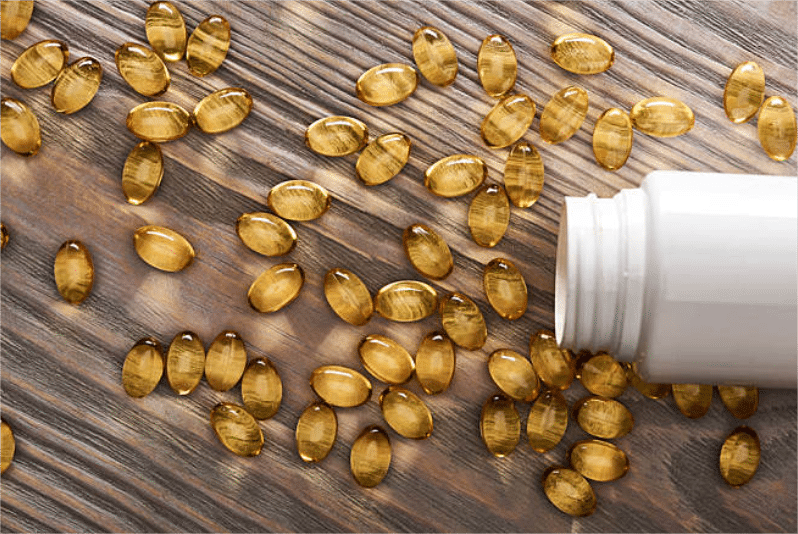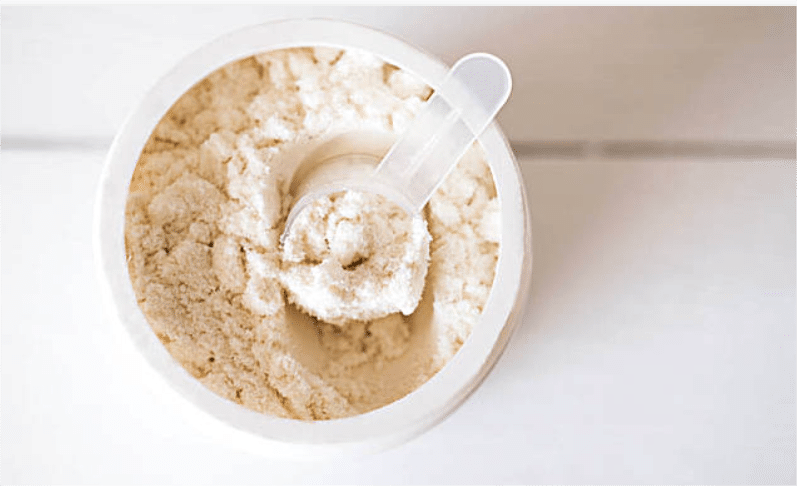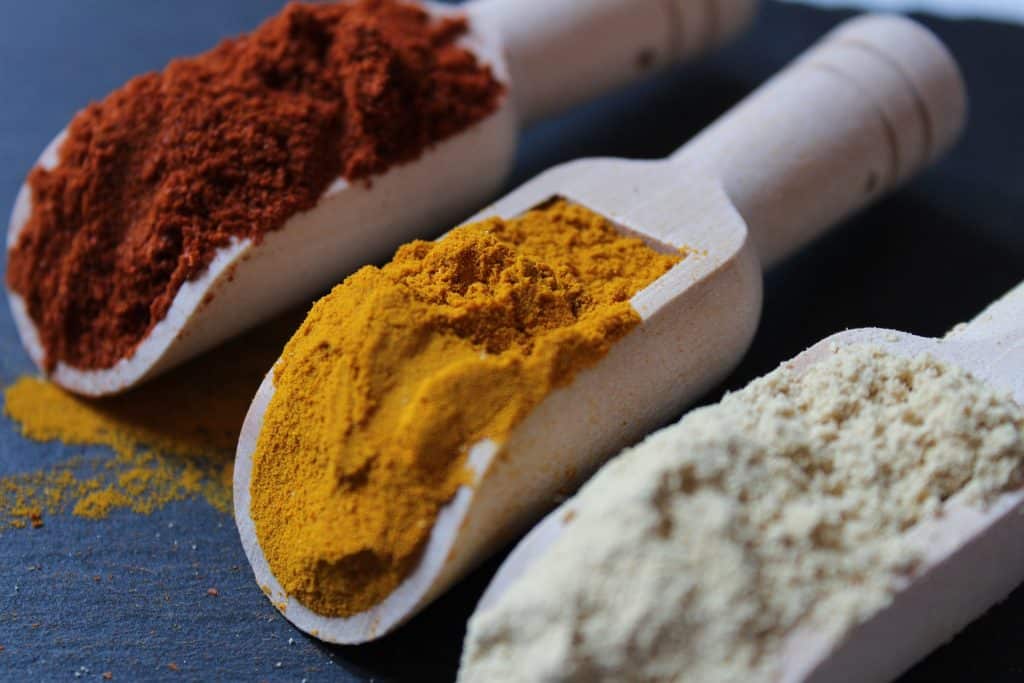What is pea protein ?
What is rice Protein ?
Pea protein and rice protein are two popular plant-based protein options, often used by people with dietary restrictions or preferences such as vegans, vegetarians, or those with allergies. Both are relatively easy to digest and have a good amino acid profile, but they do have some differences. Here’s a comparison:
Pea Protein
- Source: Derived from yellow peas.
- Protein Content: Typically around 80-85% protein by weight.
- Amino Acid Profile: Pea protein contains all nine essential amino acids but is relatively low in methionine, an amino acid that rice protein has in higher quantities. It’s also higher in lysine.
- Digestibility: Pea protein is easy to digest, making it a great option for those with sensitive stomachs.
- Allergen-Free: It’s free from common allergens like soy, dairy, and gluten, making it a good option for those with sensitivities or allergies.
- Taste & Texture: Pea protein is known for its slightly earthy taste, which some people find off-putting. However, it’s often used in blends to improve flavor.
- Use: It works well in smoothies, baked goods, and protein bars.
Rice Protein
- Source: Made from brown rice.
- Protein Content: Typically around 70-80% protein by weight.
- Amino Acid Profile: Rice protein is also a complete protein, but it’s lower in lysine, which is a key amino acid for muscle repair and growth. It has higher levels of methionine compared to pea protein, which balances out the two proteins well when combined.
- Digestibility: Rice protein is also easy to digest and hypoallergenic.
- Allergen-Free: Like pea protein, rice protein is free from common allergens.
- Taste & Texture: It has a mild, neutral flavor, which is a big advantage for some people who don’t like the taste of pea protein.
- Use: It’s commonly used in protein shakes, smoothies, and energy bars, and it works well when combined with other protein sources.
Comparison in Use:
- Complete Protein: Both are considered complete proteins, but pea protein tends to be higher in lysine, while rice protein is higher in methionine. For optimal results, especially for muscle building, combining the two can offer a more balanced amino acid profile.
- Blends: Because of their complementary amino acid profiles, pea protein and rice protein are often blended in commercial plant-based protein powders to create a more complete protein source. This combination helps provide all the essential amino acids in optimal amounts.
Which works better of Pea Protein vs Rice Protein?
Are Pea Protein and Rice Protein equally high in protein content?
Are Pea Protein and Rice Protein similarly priced?
Are Pea Protein and Rice Protein both easily digestible?
Are Pea Protein and Rice Protein equally effective for muscle building?
Are Pea Protein and Rice Protein both suitable for all dietary restrictions?
Are Pea Protein and Rice Protein equally rich in essential amino acids?
Are Pea Protein and Rice Protein both hypoallergenic options?
Are Pea Protein and Rice Protein equally sustainable to produce?
Are Pea Protein and Rice Protein both suitable for baking applications?
Are Pea Protein and Rice Protein equally effective for weight management?
- Pea Protein is generally better for people who are looking for a higher lysine content or prefer a protein source with fewer carbs.
- Rice Protein might be a better option for those who want a lighter, more neutral flavor or are seeking a protein with higher methionine content.
In conclusion, if you are interested in purchasing or want to learn more about high quality Pea Protein and Rice Protein raw materials, reach out to us at sales@collagensei.com.At Gensei Global Industries, we are an FDA-certified manufacturer offering ISO, HALAL, KOSHER, and MSC certifications. With warehouses in California and New York, we provide a reliable supply of raw materials, backed by third-party testing and complete certification for peace of mind. Explore our extensive product range, including OEM and ODM services, to find the right solutions for your business needs.




